Light Measurements for Lizkunte
highjack
16 years ago
Related Stories
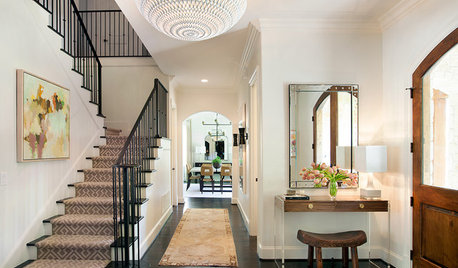
STANDARD MEASUREMENTSKey Measurements: Hallway Design Fundamentals
Whether narrow or wide, hallways can be enhanced with built-ins, artwork and distinctive lighting fixtures
Full Story
STANDARD MEASUREMENTSThe Right Dimensions for Your Porch
Depth, width, proportion and detailing all contribute to the comfort and functionality of this transitional space
Full Story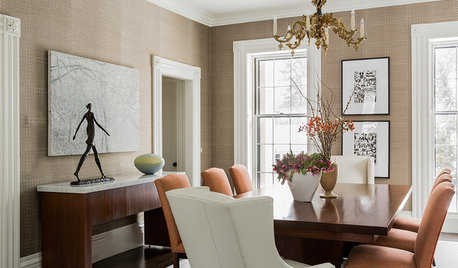
STANDARD MEASUREMENTSKey Measurements for Planning the Perfect Dining Room
Consider style, function and furniture to create a dining space that will let you entertain with ease
Full Story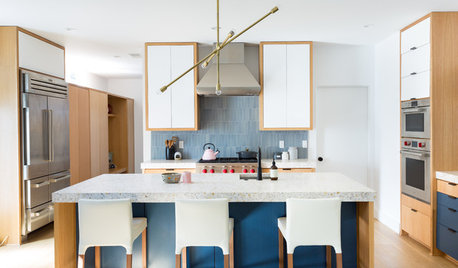
STANDARD MEASUREMENTSKey Measurements to Help You Design Your Home
Architect Steven Randel has taken the measure of each room of the house and its contents. You’ll find everything here
Full Story
BATHROOM DESIGNKey Measurements to Help You Design a Powder Room
Clearances, codes and coordination are critical in small spaces such as a powder room. Here’s what you should know
Full Story
KITCHEN DESIGNKey Measurements to Help You Design Your Kitchen
Get the ideal kitchen setup by understanding spatial relationships, building dimensions and work zones
Full Story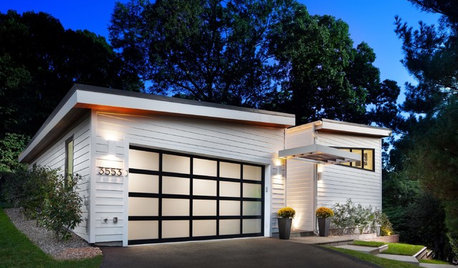
GARAGESKey Measurements for the Perfect Garage
Get the dimensions that will let you fit one or more cars in your garage, plus storage and other needs
Full Story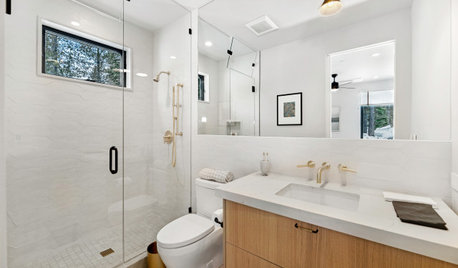
BATHROOM DESIGNKey Measurements to Make the Most of Your Bathroom
Fit everything comfortably in a small or medium-size bath by knowing standard dimensions for fixtures and clearances
Full Story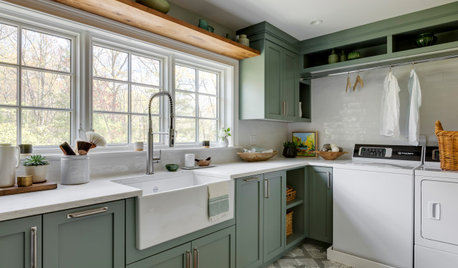
LAUNDRY ROOMSKey Measurements for a Dream Laundry Room
Get the layout dimensions that will help you wash and fold — and maybe do much more — comfortably and efficiently
Full Story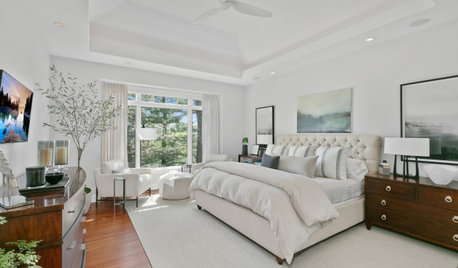
REMODELING GUIDESKey Measurements for a Dream Bedroom
Learn the dimensions that will help your bed, nightstands and other furnishings fit neatly and comfortably in the space
Full Story





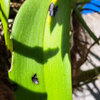
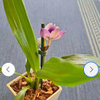


mehitabel
highjackOriginal Author
Related Professionals
Kenmore Landscape Architects & Landscape Designers · Rossville Landscape Architects & Landscape Designers · Washington Landscape Architects & Landscape Designers · Burlington Landscape Contractors · Arlington Landscape Contractors · Brownsville Landscape Contractors · Edinburg Landscape Contractors · Fridley Landscape Contractors · Gaithersburg Landscape Contractors · Petaluma Landscape Contractors · Ringwood Landscape Contractors · Barrington General Contractors · Holly Hill General Contractors · Palatine General Contractors · Tuckahoe General Contractorswestoh Z6
highjackOriginal Author
Liz K 7b-8a Charlotte
highjackOriginal Author
julysun
la_countessa
highjackOriginal Author
xmpraedicta
jemsta
pcan-z9
stitzelweller
sweetcicely
mehitabel
stitzelweller